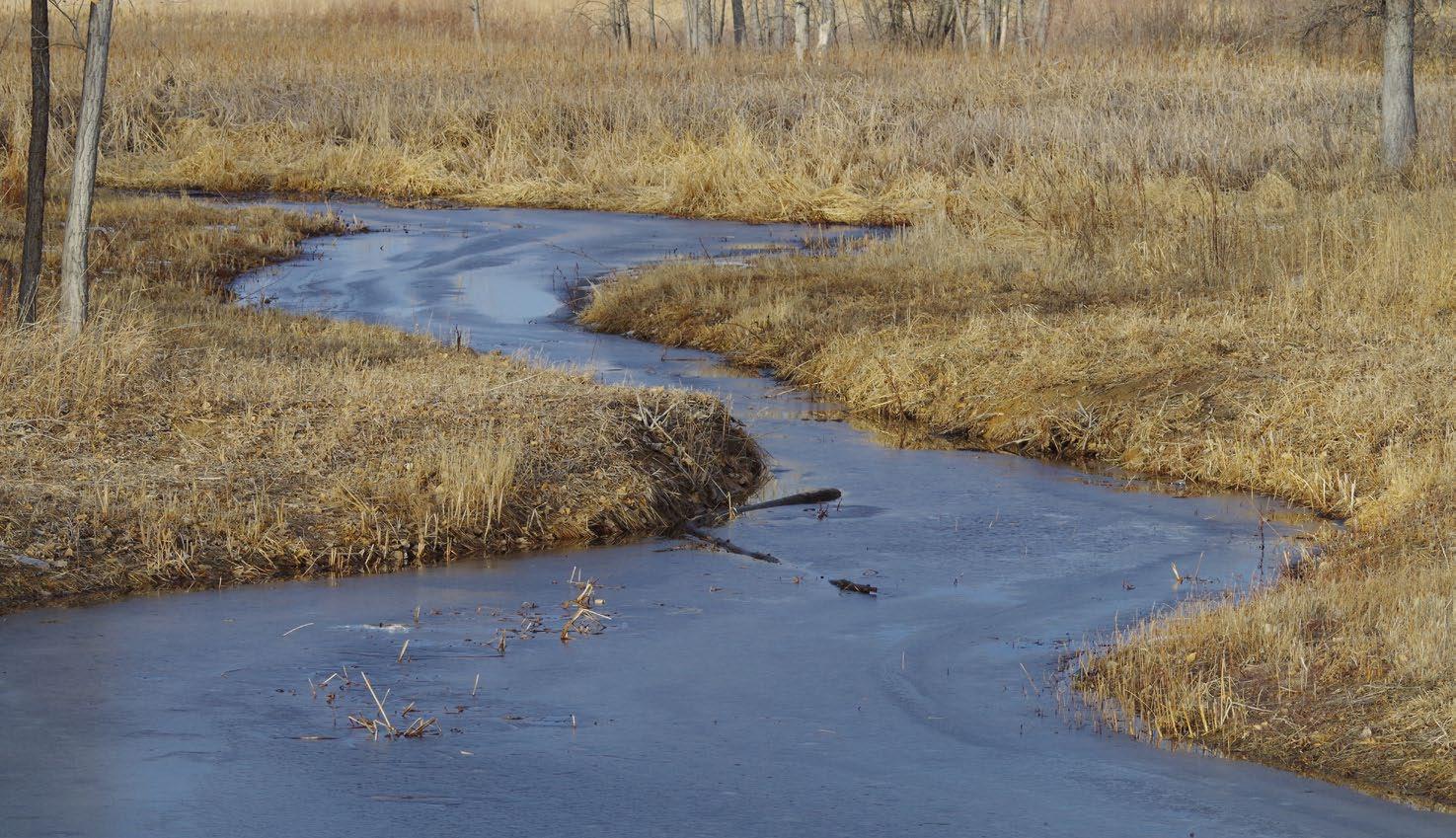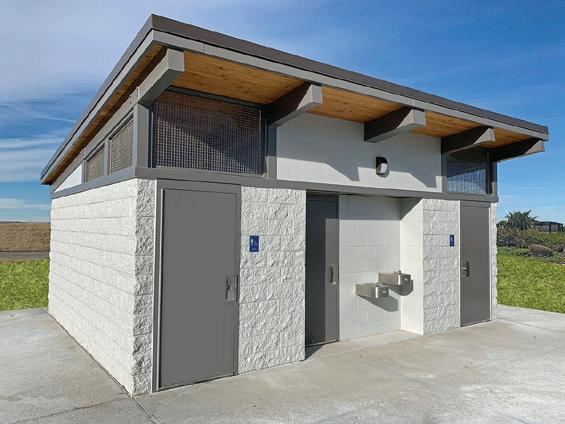
8 minute read
Telling Park & Rec’s Story
By Seve Ghose, CPRE, Director, Thornton Parks, Recreation & Community Programs
The Parks and Recreation profession is at a crossroads, especially more pronounced under COVID-19, as it relates to relevancy.
The pandemic has created greater use of our parks, with numbers four times the normal in many cities. Most recreation centers and related programming has been closed and only slowly beginning to get traction, if open. That too in only a few States.
The non-surety and the prolonged crisis has resulted in economic hardship across the board and is requiring municipalities and park districts to make difficult decisions. Parks and recreation is still looked upon as a luxury and not a necessity in many quarters and it is up to us to place ourselves in the limelight to showcase and relate the reasons why we are essential and fully relevant to the times.
Before we do that in unison, we have to overcome several tenets that tend to hold us back and make ourselves our own worst enemy. Some of these factors are Succession Planning, Bold Leadership, Innovation (or the lack of it), Understanding Finances, and Story Telling. We usually live for the day and thus succession planning is an after-thought. We should not look at succession planning as just a personnel issue but rather how do we extract the valuable information from a departing staff members’ head and put into practice to benefit a greater number in the organization. One solution may be to create a job shadow program whereby all layers of staff in the organization is required to complete two shadows each year. Doing so earns them knowledge of the other sectors while also breaking down the silos or related barriers that may inherently exist. Succession planning should include the movement away from “We have always done it that way” mantra into one of being welcoming of new ideas and embracing change as a necessity of growth. One issue outside of the agency’s control is the rate at which several universities across the nation have dropped the parks and recreation degree program. Thirty five years ago there were close to four hundred universities offering a bachelor’s degree in parks and recreation or a very closely related field. Now there are barely a hundred and we may be partly to blame in not cultivating a better synergy between the universities and the profession. In the Denver area recently, Metro State University announced the cancellation of the Recreation Administration program with immediate effect, after having given it a brief lifeline the prior year. Thus in Colorado, there is only one other university left, offering a close enough program to our profession. What this dearth creates is for us to hire staff who may be partially qualified and then having to spend much time and resources in imparting the hands-on knowledge, whereas a qualified professional would have run with the program. It may be an option for us as professionals, along with the CPRA and NRPA, and other partners, to raise enough
monies to help fund parks and recreation programs in select universities, spread across the nation. This could possibly guarantee us a flow of qualified graduates to employ in the coming years. Our profession is fraught with many professionals comfortable with their position. They do not like to take risks or rock the boat even when they have great ideas to implement, but are not willing to face the negatives. That accounts for the lack of bold leadership in our profession, overall. There are definitely pockets of perseverance and the willingness to lead, but they are few and far between. The post-pandemic time is a good time to speak up in transparency to push for the change in the political thinking whereby we are typically relegated to accepting budget cuts, even though the pandemic has shown all of us that spending more in parks and recreation may bear greater community building, create an achievable path toward equity, and hence be justified. Armed with the empirical evidence gathered over the years at several universities’ studies that argue in favor of greater spending in parks and recreation in times of duress, we should be able to loudly voice our displeasure when asked to make cuts to our budgets. The pandemic has given us a lifeline to make that case even stronger and we as leaders have to voice it more often. Our professionals are a creative group and they do produce great programs and are apt at serving the community well through the best in customer service. However, there has been nary an innovation come from parks and recreation over the years that stands on its own. We tend to accept the status quo and thus innovation is slow to come by, if at all. For example, if one were to look at the Activities Guide across the nation, you will be hard pressed to see if any have changed significantly over the last twenty years. We continue to produce the same Guide for the very few who may or may not use it, while the rest of the world is passing us by and entering a world of using technology to leave an indelible mark. With programming too, many an organization call a program successful, when the same twenty patrons have supported the same program without any changes for the last twenty years, leaving no room for discussion on how to grow and make the program better. With every pushback we take a step backward, whereas we should be looking at calling a program successful when we can translate that twenty to say a hundred, taking place at several sites across the area, possibly even in partner sites—to truly call it a successful program. Very few take the bold step and most continue to cater to the known twenty. This stifles innovation and we need to break from this practice of catering to the loudest few and cater to the greater community good. Budgets and finance are an anathema to many parks and recreation professionals. This detestation is a self-inflicted wound that allows us to accept budget cuts without a profound fight, and in addition deepen the chasm of understanding where money comes from, how budgets are created, cost recovery systems, and overall understanding how best to use the funding that has been allocated in the budget. A common refrain on budgets is “You stick to it”. Yet no one seems to know why we have to stick to it. To be successful in parks and recreation and to get to positions of leadership, a finance litmus test must be performed on the professional to gauge their fitness for the job. As budgets drive the Councils or the Boards decision making process, it is imperative for us to know and be able to speak to the finances and budgets when the opportunity arises. We should be able to offer clarity with modelling and empirical data to substantiate our claims and continue to educate. This would also imbibe in our organizations a business like acumen while also offering a balance, especially when it relates to equity and access to programming. Potentially much innovation can also take place if we were to understand finance and budgets first before going deep into

programming or the day-to-day. At the CPRA annual conference we can get the ball rolling by introducing a track on finance and budgets, and shift away from programming, just ever so slightly. We all know the great story of parks and recreation—from its beginning of getting people outside to smell the clean air away from the miasmas to its present day manifestation where we are being called an essential service. The three pillars as adopted by the NRPA clearly state—Conservation, Health and Wellness, and Social Equity—that we are all of those and do it very well. Where we fail is to tell that wonderful story over and over again to the wider audience of the community, region, state and the nation. We can invariably have a marked difference in local thought if we were to repeat incessantly the stories of lives saved—literally and otherwise, property values raised, economic vitality created, social equity generated, and offering overall improvement to personal health and wellness. We do this well after an incident or in a reactive fashion. However, can you imagine if we had already proactively created a local following on all fronts that when we do slide into periods of duress, parks and recreation is looked upon to lift the community from that unpleasant state to a place where we all thrive. Our story is befitting of any era, culture, socio economic status or geography. Our story is one that is timeless and can save our profession from the wraths of budget cuts and indifference that seem to cloud us often. Let us espouse the great benefits of parks and recreation as loudly as we can and as often as we can till we earn the respect of the elected and sway the

community to our side. That would be a great day for our profession. Placing these five principles into play on a daily basis can get us to a level of acceptance and credibility that allows us to sit at the municipal table as equals to other departments who for years have told their story well and with force. We can do the same and with that leave an indelible mark of our great qualities of empathy, listening, and community building to take us even further ahead.





NATURAL DOG PARK PRODUCTS

















